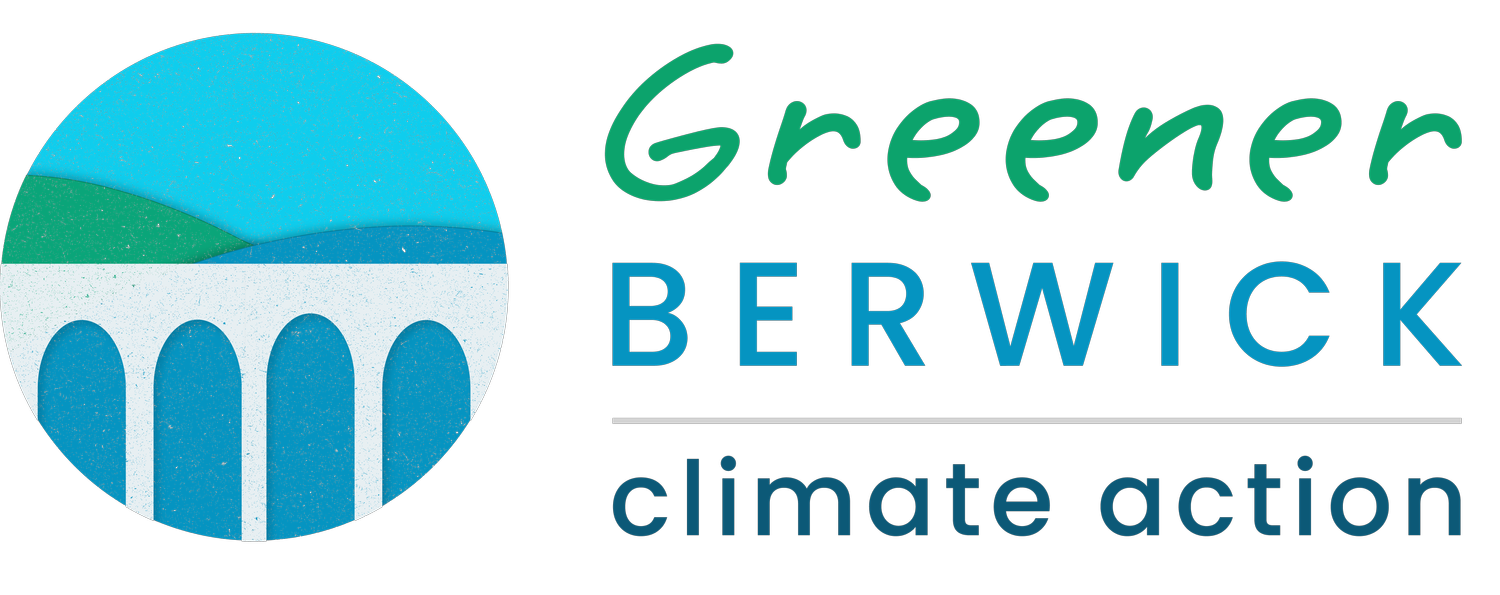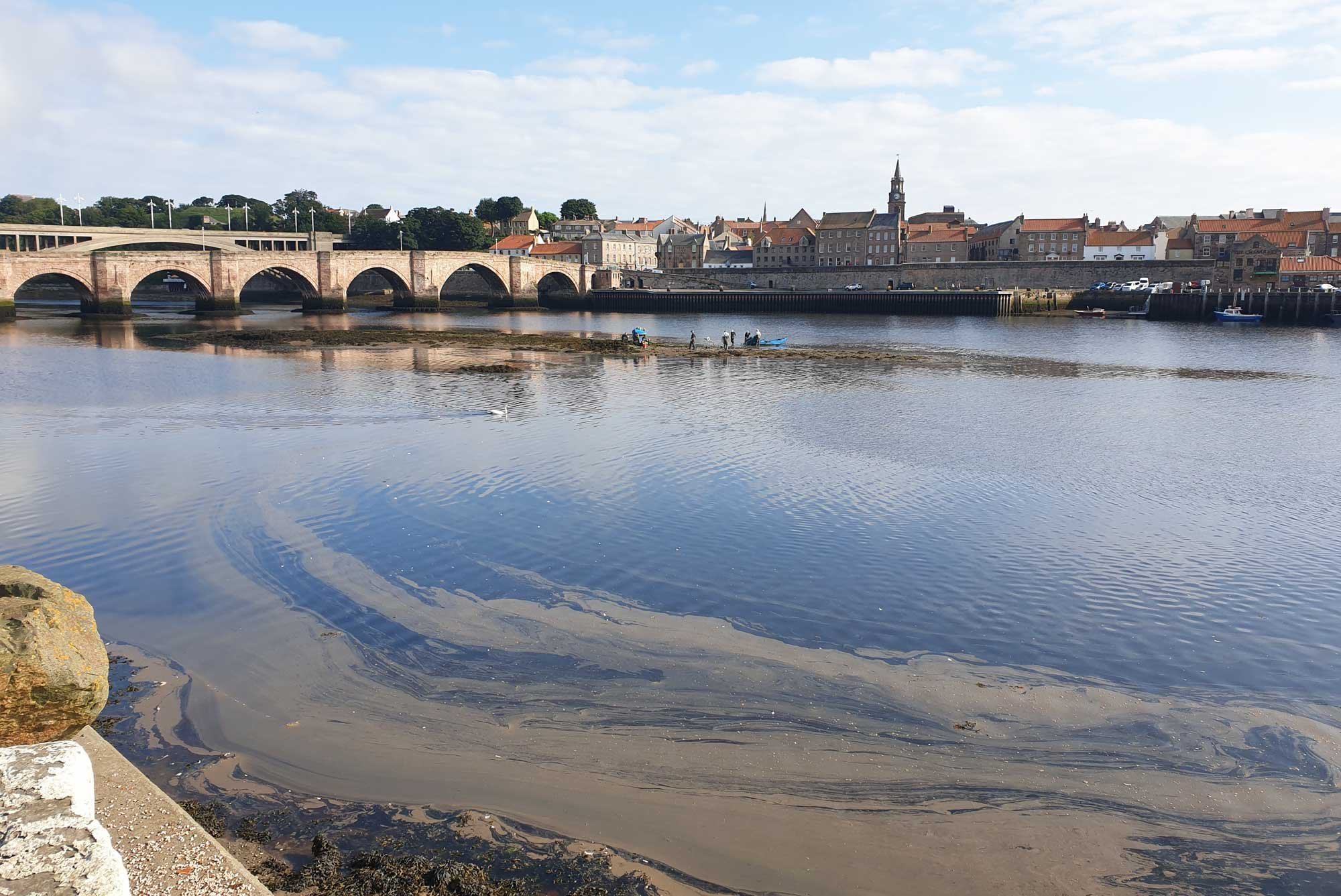Pollution solutions for our bathing water
Recent headlines (Northumberland Gazette and our local MPs newsletter) suggest large sums will shortly be spent to reduce the 348 annual untreated sewage spills in the Tweed Estuary. Our MP suggests that its all pretty much fine already. Not so.
Greener Berwick (your local Friends of the Earth climate action group) has been liaising with and lobbying Northumbria Water and the Environment Agency over the last two years to understand the situation, getting worse with climate change and flood events, and help bring about solutions.
It must be noted that some spills are allowed only when raining, when surface water joins the sewage pipework, and in accordance with licence conditions issued by the Environment Agency. It is not clear however to what extent the licences are being complied with, and whether licence conditions may tighten in future.
Northumbria Water admit there is a problem, specifically with the combined storm water overflows in the Berwick catchment, of which there are 10 in the estuary below the bridges. These 10 are most likely to impact the designated Spittal bathing water, and the spill figure above relates to these alone. Northumbria Water do not dispute the spill figures.
The regulator OfWAT now require the water companies to produce a business plan to include spill reduction. The 2023 Northumbria Water plan commits to apparently ambitious targets for spill reductions, over the next 10 to 25 years however, as well as a further 2 year study of the storm water overflows in the Berwick Catchment (a bit wider than the estuary itself) at a cost of £1.85m. Critically, however, there is no commitment to any specific measures to reach the targets nor to any specific expenditure to address the issues found in the 2 year study. Nor is there any commitment to carry out more thorough water sampling beyond the legal minimum of 15-20 samples only taken at Spittal between April and October, and not after a spill event. This paucity of sampling, at least in part, must explain why Spittal beach has its “excellent” rating.
Screens and storage tanks have been mentioned as part of a possible solution but no certainty right now. Following Greener Berwick forwarding pictures of raw sewage spills last year (see picture) a screen preventing objects greater than 6mm was installed at the Dock Road storm water overflow, but there are no screens at any other overflow point. One overflow point was moved from Spittal beach over 10 years ago, but this is unrelated to the current plans.
Greener Berwick are also assisting the Environment Agency (who set parameters for water companies and have some enforcement powers) with monitoring the estuary pollution as the Agency currently has insufficient resources. The data that Greener Berwick regularly collects is sent to the Environment Agency who will analyse and use the data to help with solutions.
Greener Berwick have agreed with Northumbria Water to hold a meeting in October where they will publicly explain their 2023 business plan, and provide an opportunity for questions.
So watch out for this being advertised, and in the meantime do report any obvious pollution incidents to the Environment Agency by calling 0800 807060, and taking a picture, if possible, to forward to info@greenerberwick.org
Elaine Paterson, Greener Berwick


